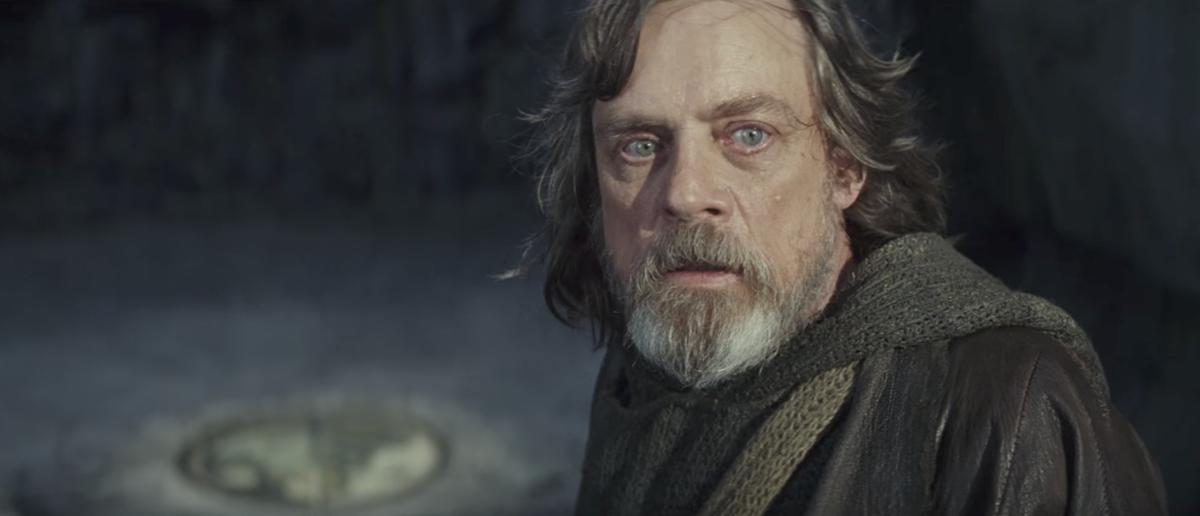Via Ign.com:
Luke Skywalker is arguably the most famous fictional hero of all time. Decades of films, books, games and merchandise cement not only his story, but his image in the minds of millions. He’s become a modern archetype, the word “hero” almost unconsciously bringing to mind the boyish smile, the lightsaber, the slight tack of fingers on action figure plastic.
Presented as a shining counterpoint to a galaxy at war, and even the roguish friends he makes along the way, he begins pure to the point of naivety, is muddied by pain, and comes out stronger but fundamentally unchanged by the time he’s faced his demons. It’s so classic it’s almost clichéd.
And then, 30 years later: “Luke Skywalker Has Vanished”.
“There’s just such a huge gap between Return of the Jedi and Force Awakens – I had to really contemplate that,” Mark Hamill tells me in an interview. “I said ‘hey, how did I go from being the most optimistic, positive character to this cranky, suicidal man who wants people to get off his island?’”
Unlike most heroes, Luke’s journey didn’t end in a three-act quest. In The Force Awakens, his story has become a corrupted myth, absent in a time of need, forcing a new hero to go looking for him when she might have been better served fighting the actual war she’s found herself a part of.
Writers Abrams and Kasdan made a subversive – even cruel – decision here. That yawning, decades-long gap tells us that the hero never got the things traditional stories tell us he should have been rewarded with: never got the girl, never built a family, history doomed to repeat itself.
Rian Johnson’s decisions for Episode VIII take that further. Luke isn’t just a victim of time in The Last Jedi, he’s actively – sometimes aggressively – rejecting his past. By extension, he’s practically pouring scorn on fans for idolising him as a younger man.
Undercutting a character this iconic feels enormous – the bigger they are, the harder they fall – and in retrospect, it may be one of blockbuster film history’s more audacious moves, not least for how divisive a decision it’s proven to be.
Hamill’s own confusion – how did Luke get here? – is a question that’s hung over the sequel trilogy. While the iconography of New Star Wars feels familiar – the brassy blasts of score, the eyebrow-raised quips, the wobble of latex on an alien extra – Star Wars’ greatest actual icon suddenly feels so different.
In fact, the Luke actor has been famously unsure, even critical of that shift, and clearly still has conflicting emotions on the subject: “It was a radical change, but I think sometimes being pushed out of your comfort zone is a good thing […] Although a part of me said to Rian, ‘but you know, a Jedi would never give up’. My concept of the character was that even if I chose the New Hitler thinking he was the New Hope, yeah I’d feel terrible, but I wouldn’t secret myself on an island and then turn off the Force.”
Click below to read the full article.

